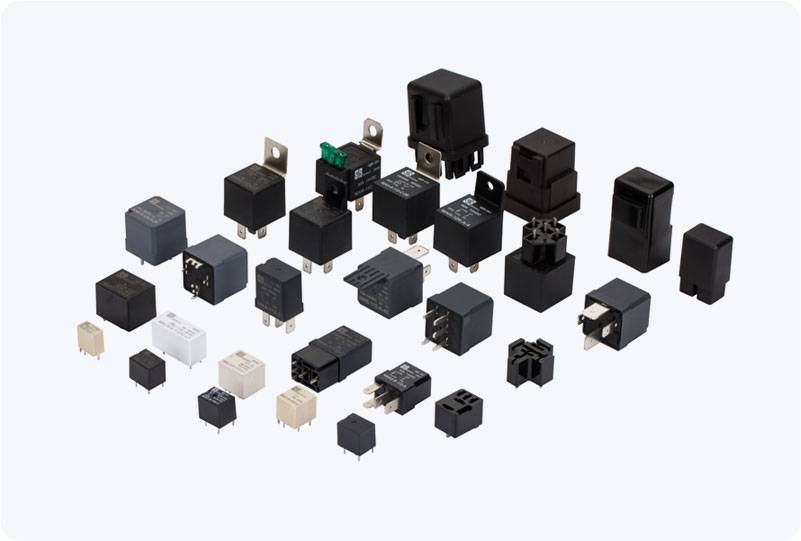The Internet of Things (IoT) has become a cornerstone of modern technological advancements, facilitating communication between devices and the cloud to improve efficiency and automation across various industries. One essential component of an IoT system is the IoT communication relay module. These modules play a crucial role in enabling seamless communication between devices that may not be directly compatible or face challenges due to distance, range, or network conditions. This article will explore the functionality, types, and applications of IoT communication relay modules and how they are revolutionizing the IoT landscape.

What Is an IoT Communication Relay Module? At its core, an IoT communication relay module is a device designed to enable or extend communication between various IoT devices, systems, and the cloud. It acts as a bridge, forwarding signals, relaying information, and ensuring the continuity of communication across different network protocols. These modules are typically employed in scenarios where direct communication between devices is not feasible, either because of limited range, incompatible communication protocols, or environmental factors. In an IoT ecosystem, many devices rely on various communication protocols such as Wi-Fi, Bluetooth, Zigbee, or LoRa. While these protocols are effective in different contexts, they can sometimes create challenges when devices using different protocols need to communicate with each other. IoT communication relay modules help overcome these barriers by enabling devices to communicate smoothly, irrespective of the protocols they use.
Leave a Reply